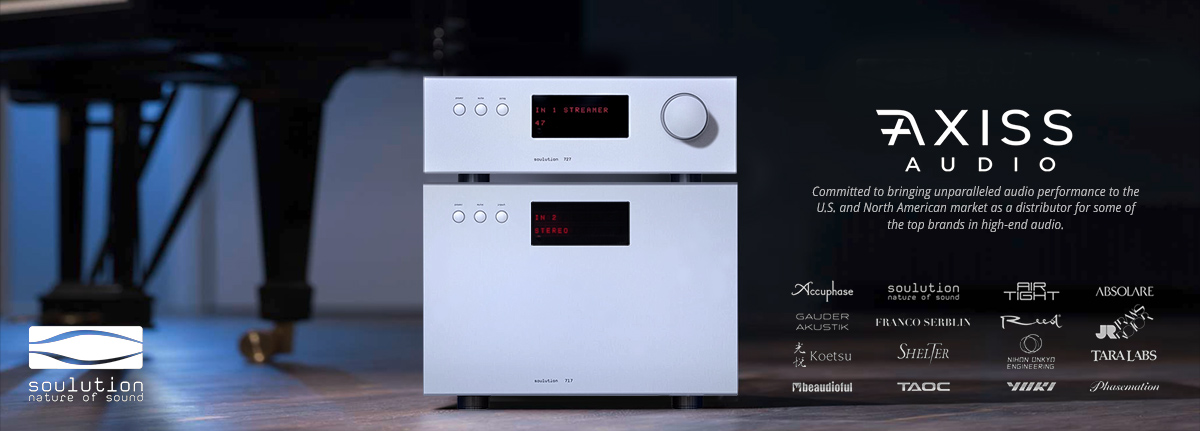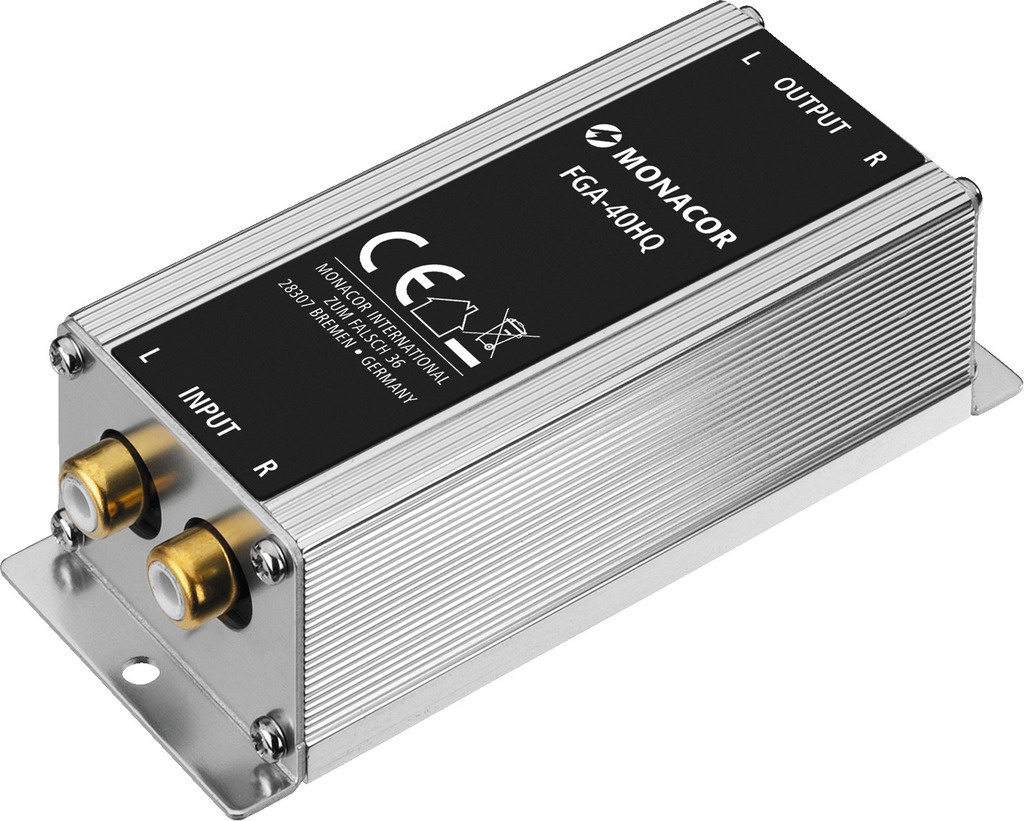The only thing the evil poltergeists in this room have been unable to attack with success is my noise level. Not to jinx anything, hopefully, but my system employs every noise inducing element possible:If single ended is noisy, then try the transformer back at the preamp end.
-- different lengths of AC circuits (good for manufacturing ground loops)
-- different components on different AC circuits
-- Jadis amplifiers (prone for making hum problems, apparently)
-- mixing single ended and balanced components
-- mixing single ended interconnects and balanced interconnects with "Y" adapters
-- tube and solid-state amplifiers right next to each other (good for inducing EMI)

















